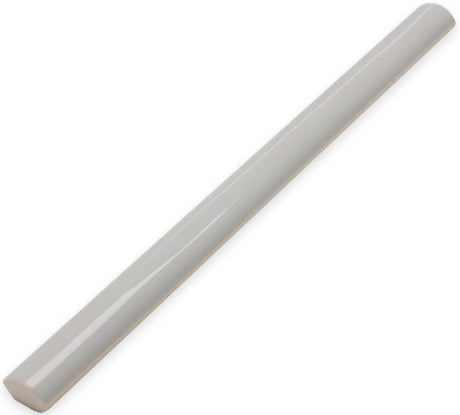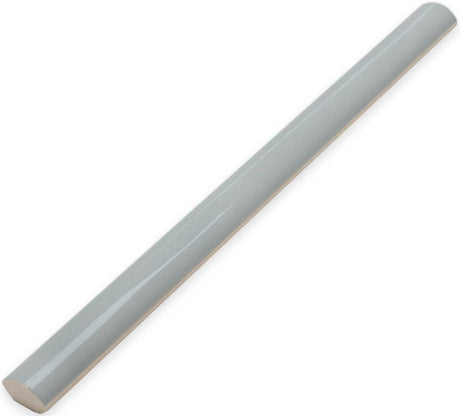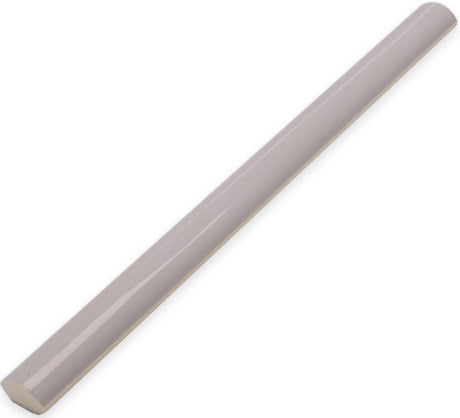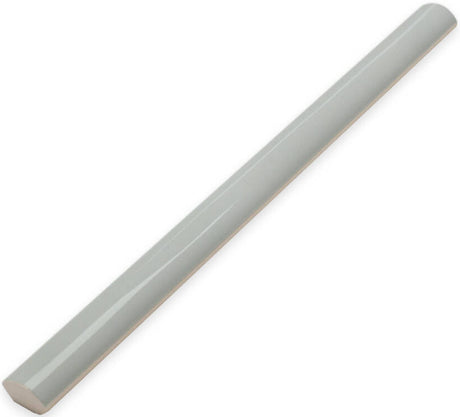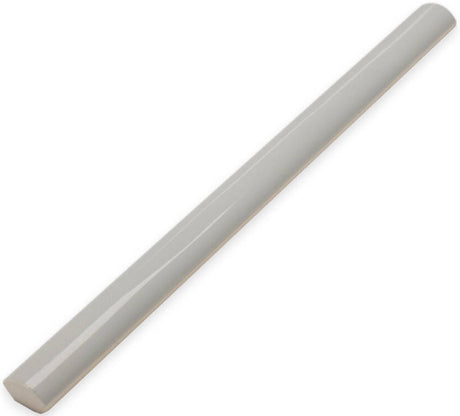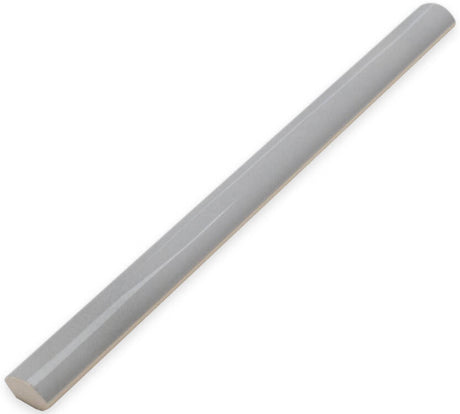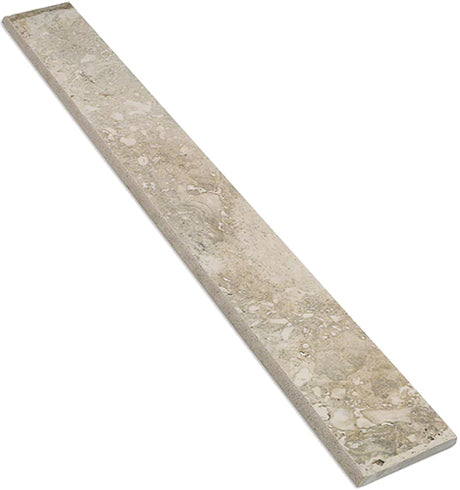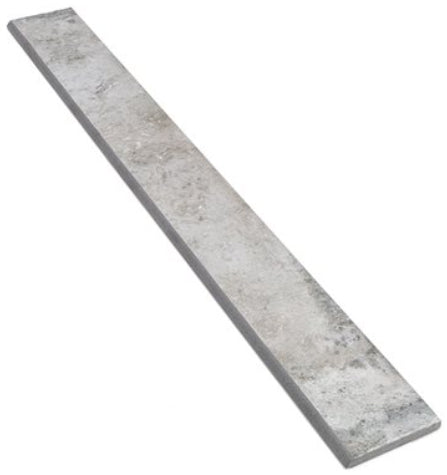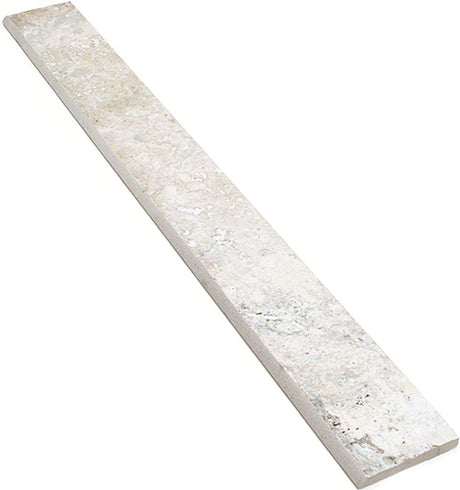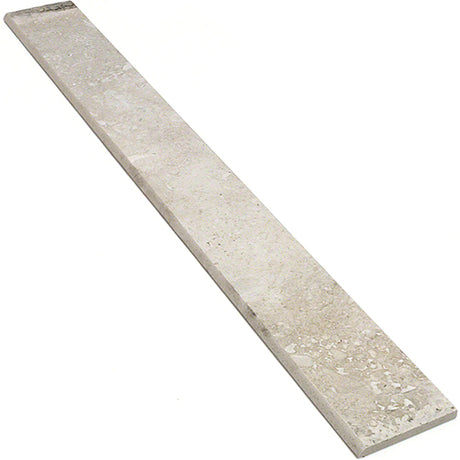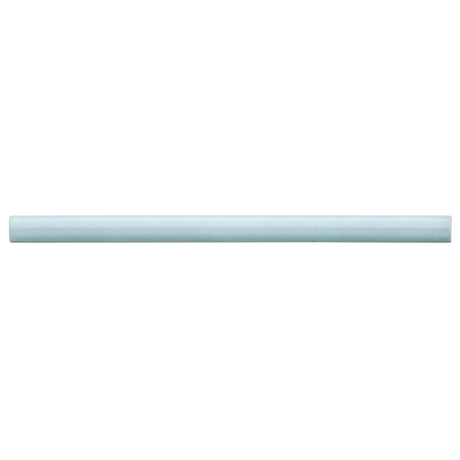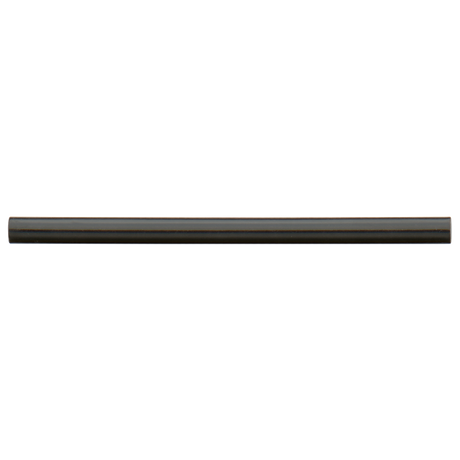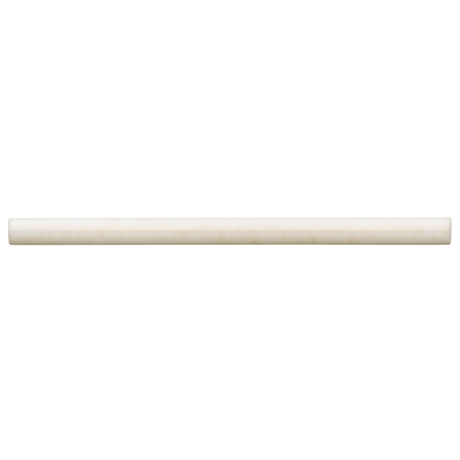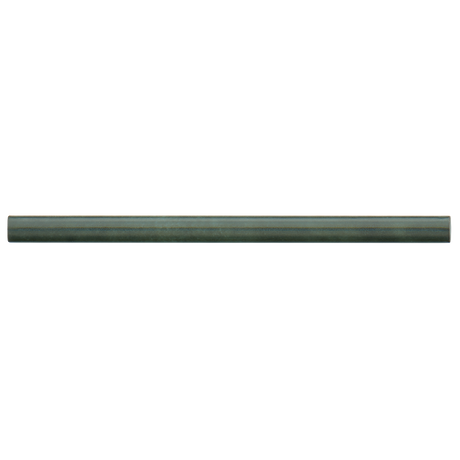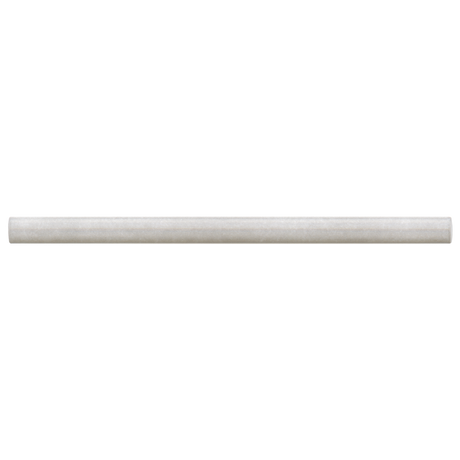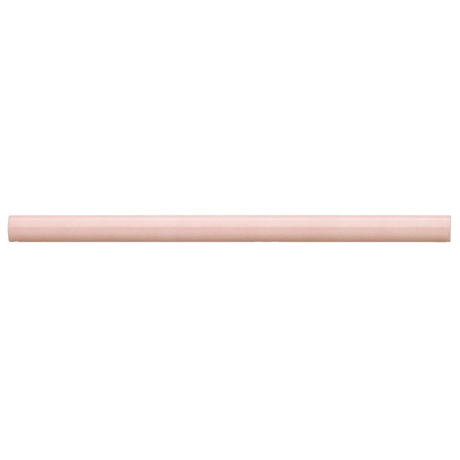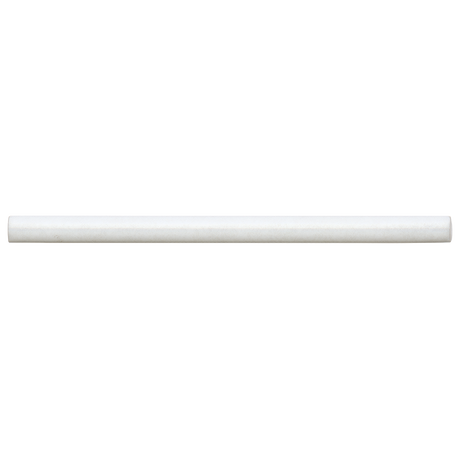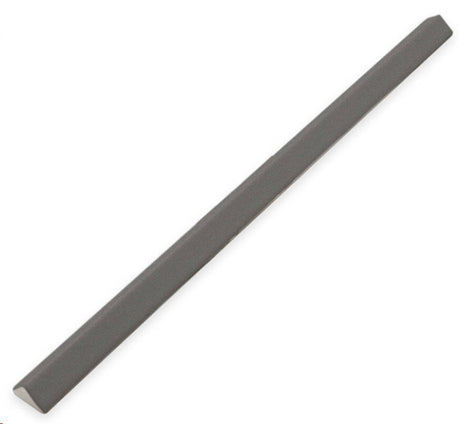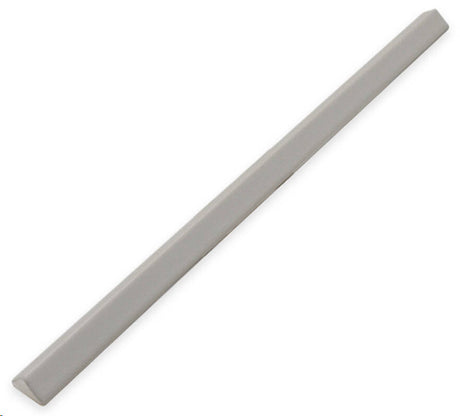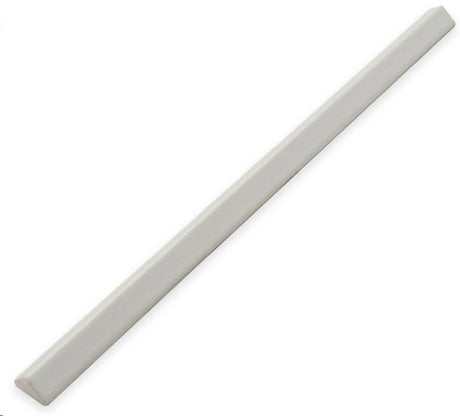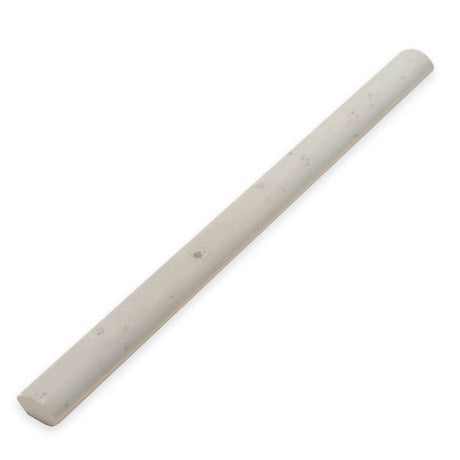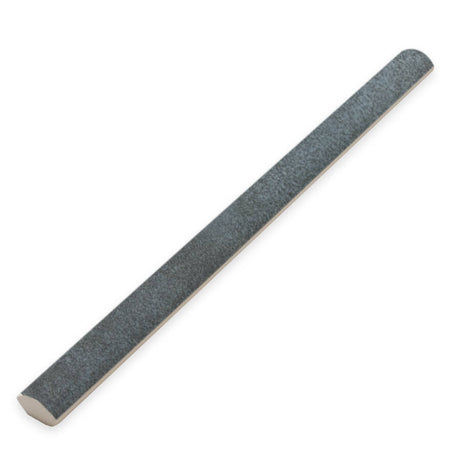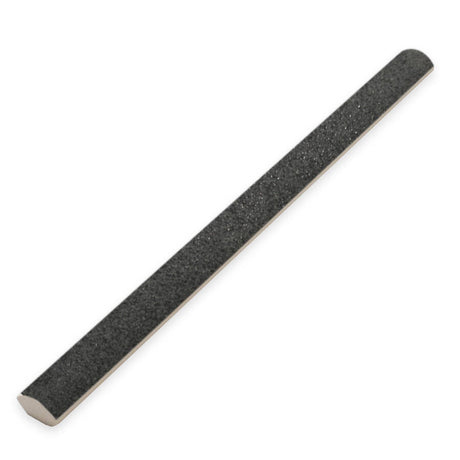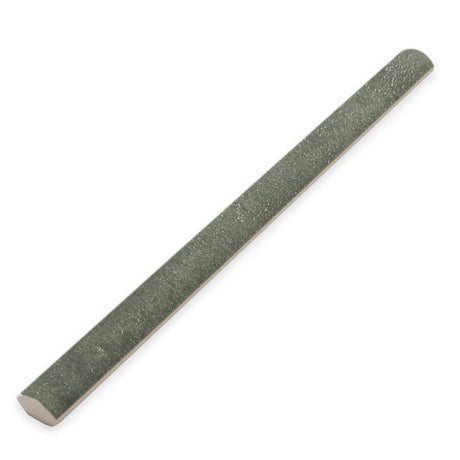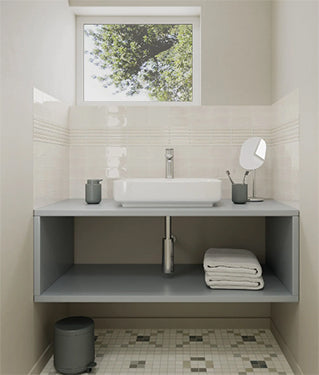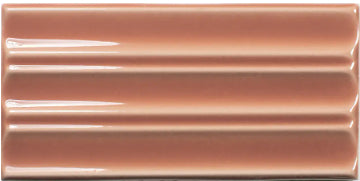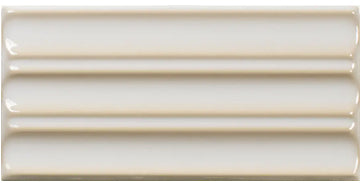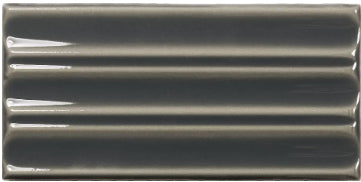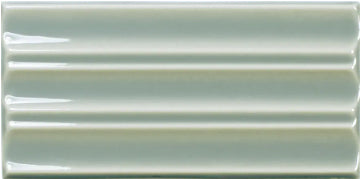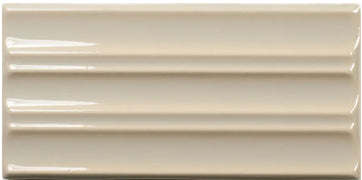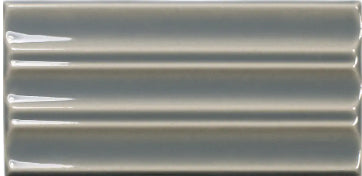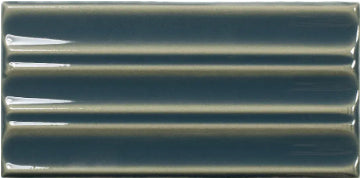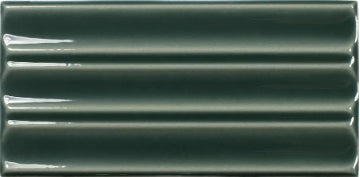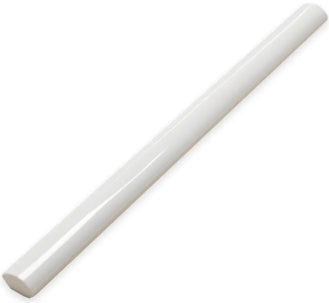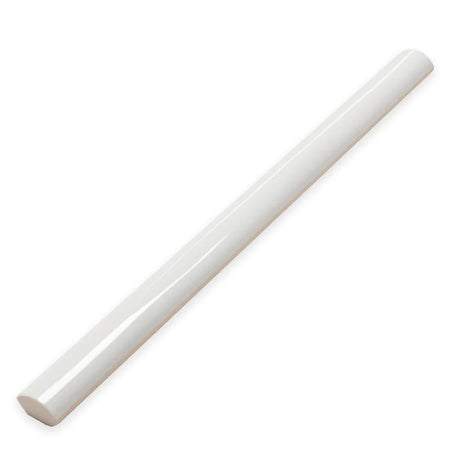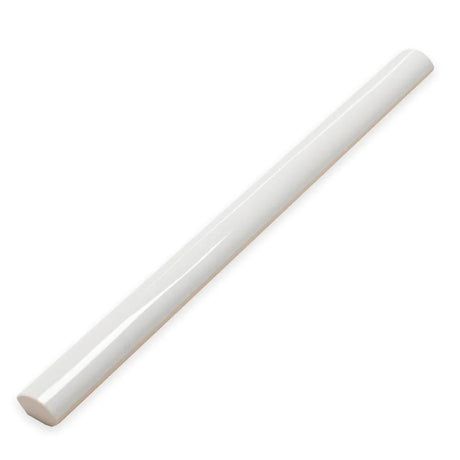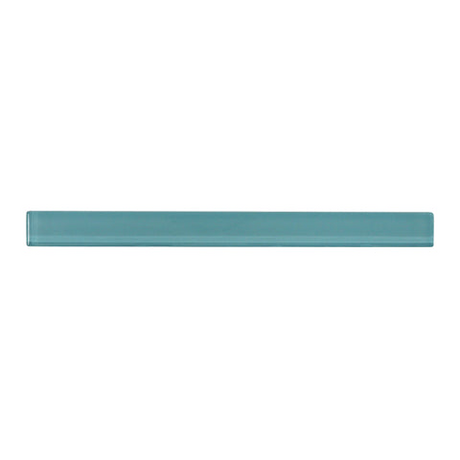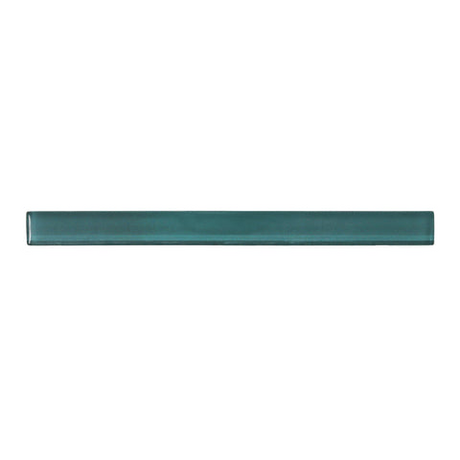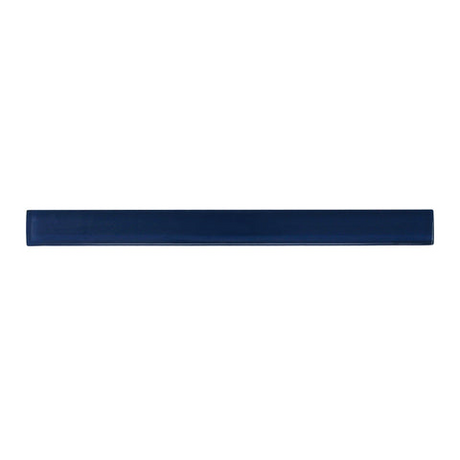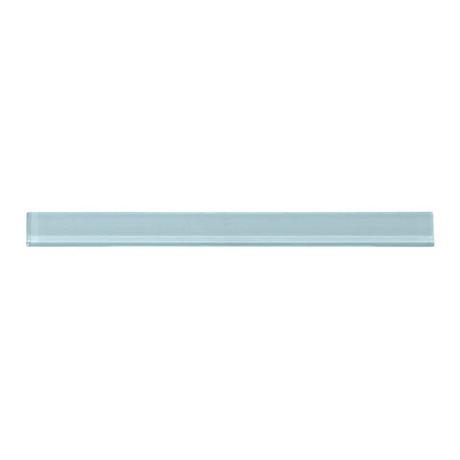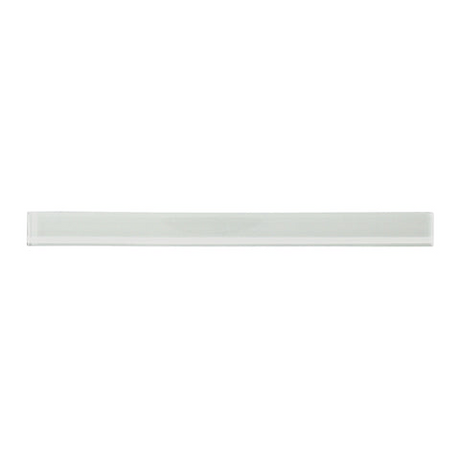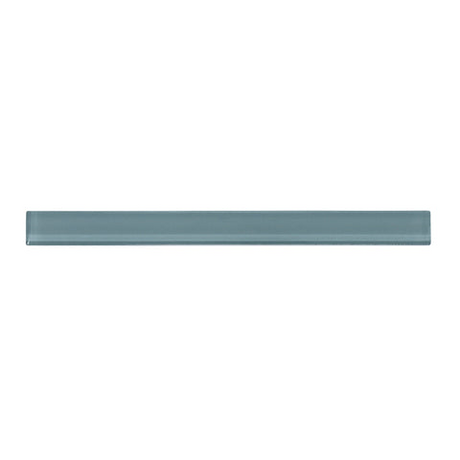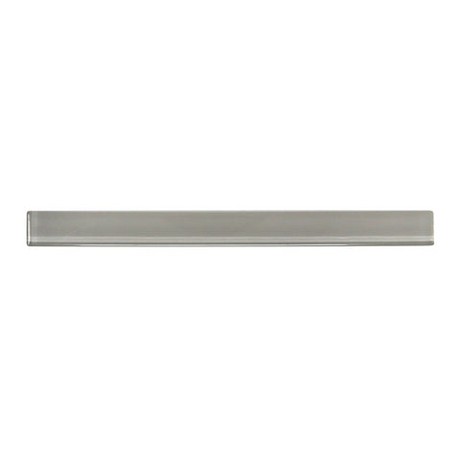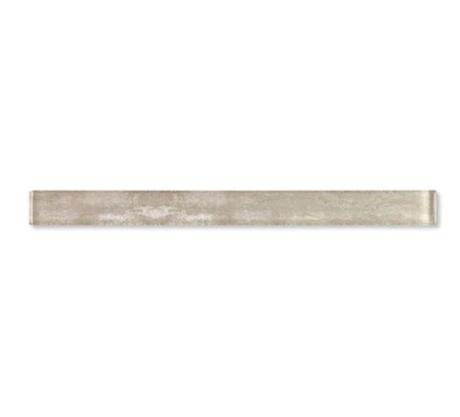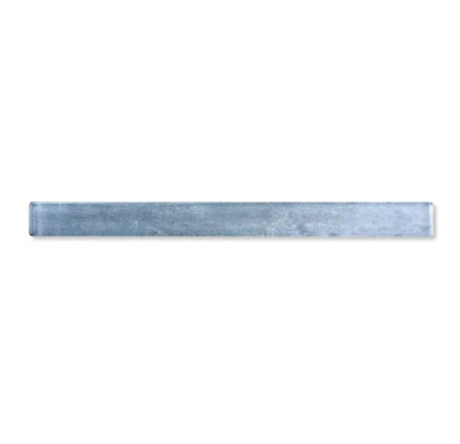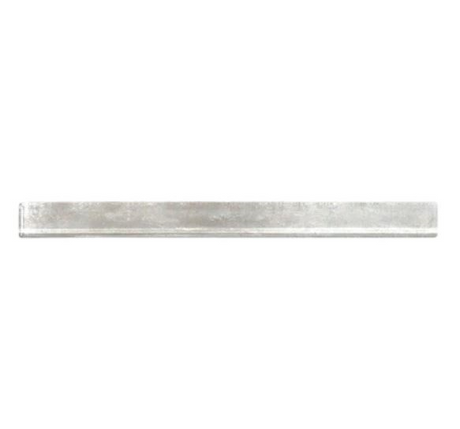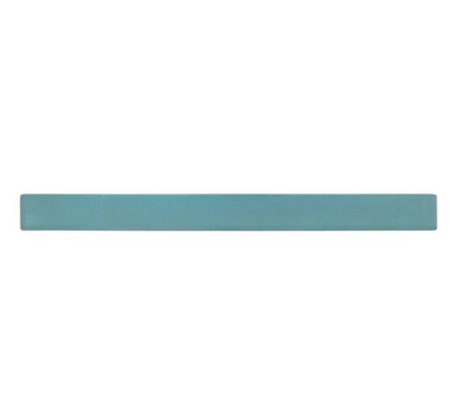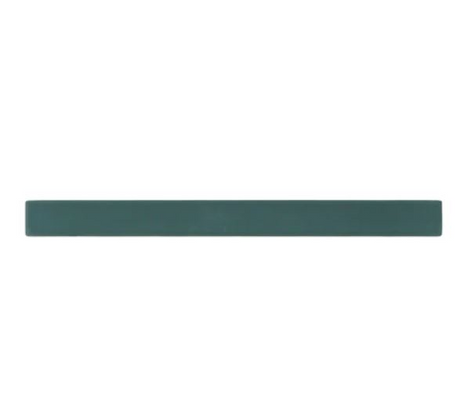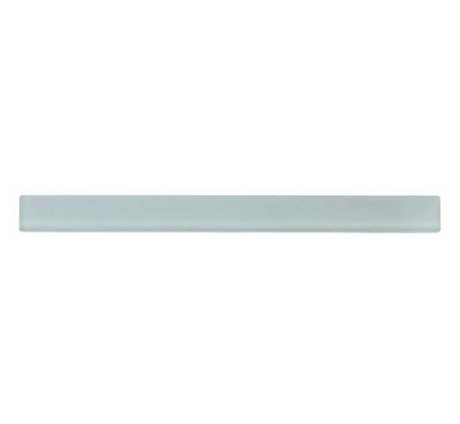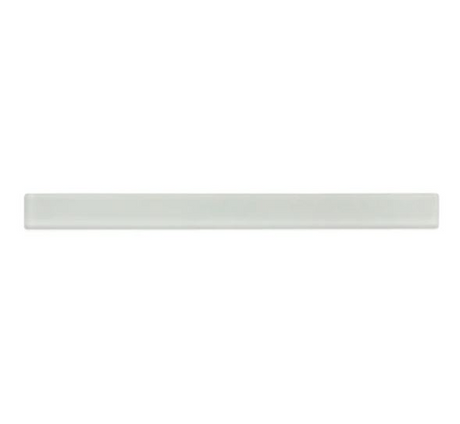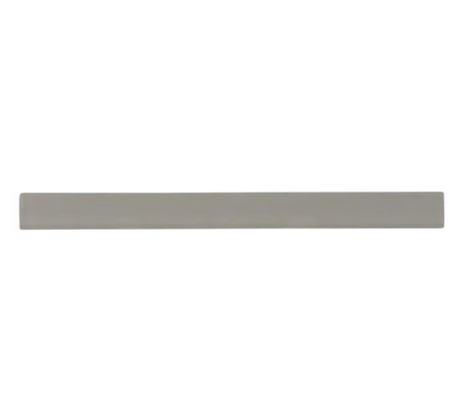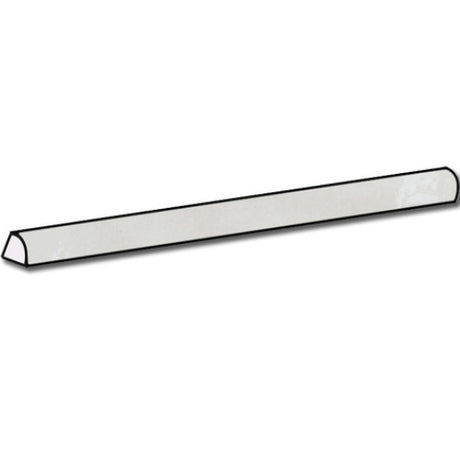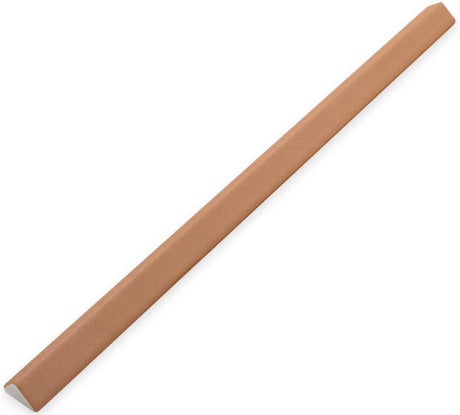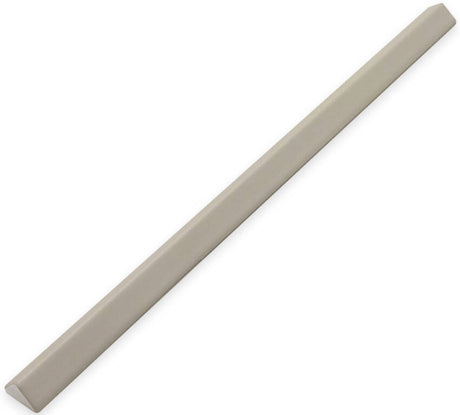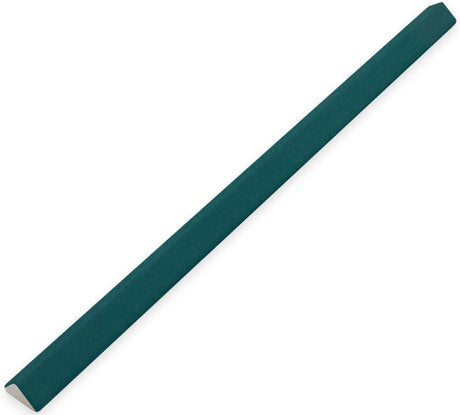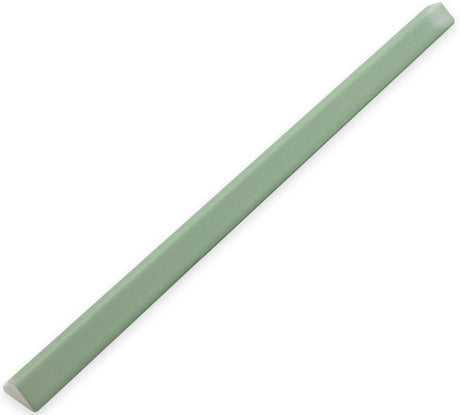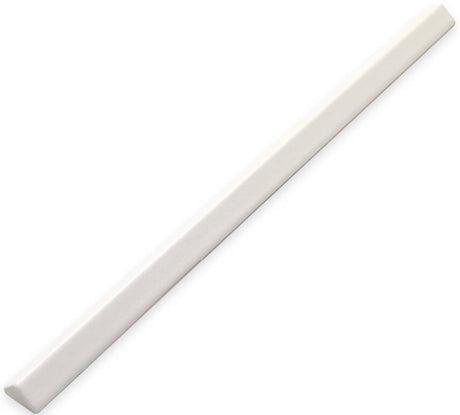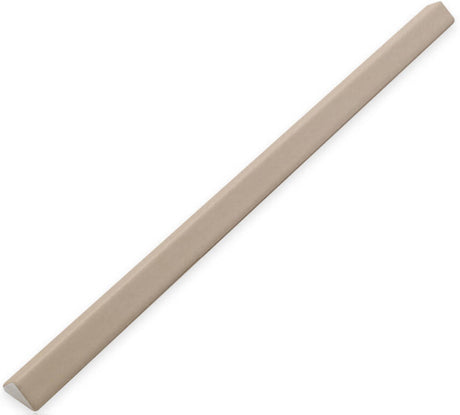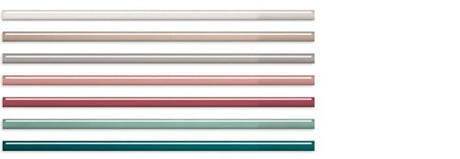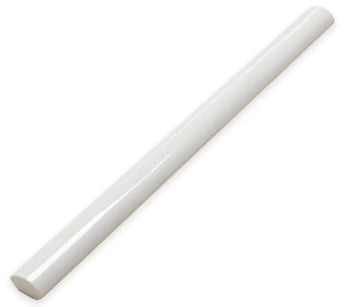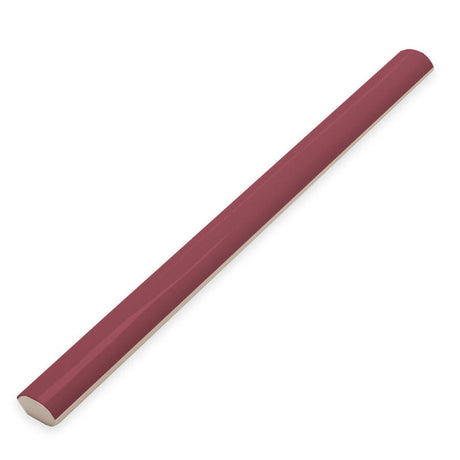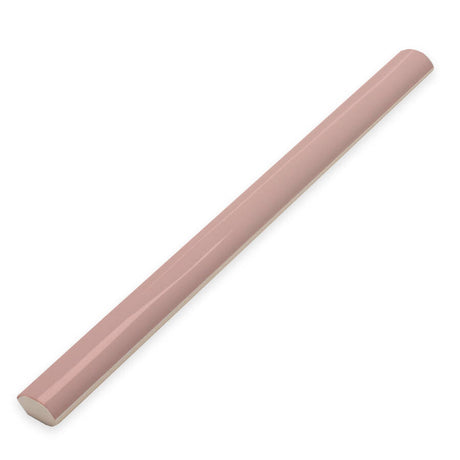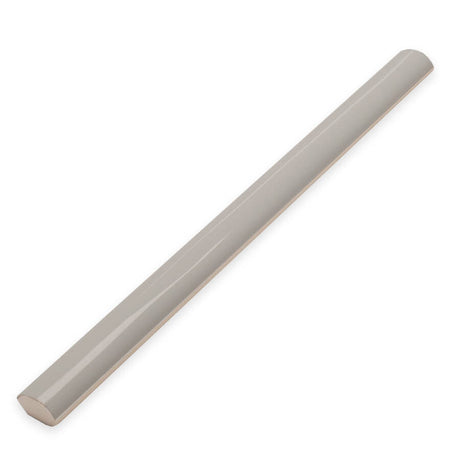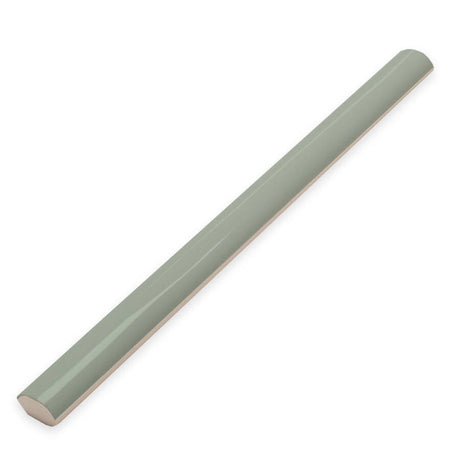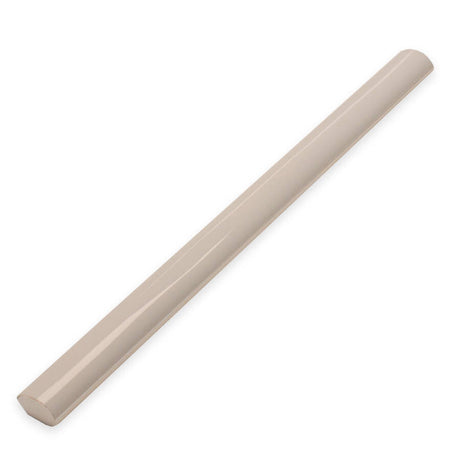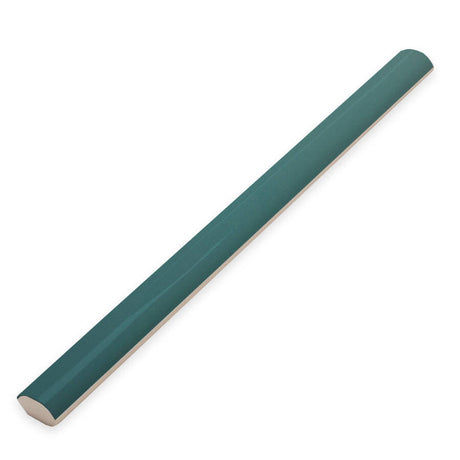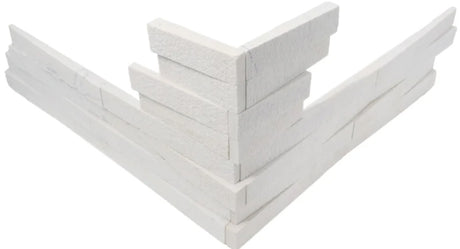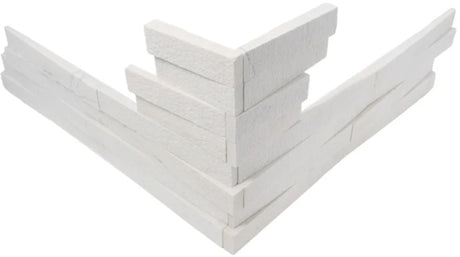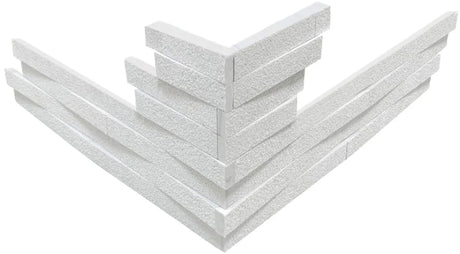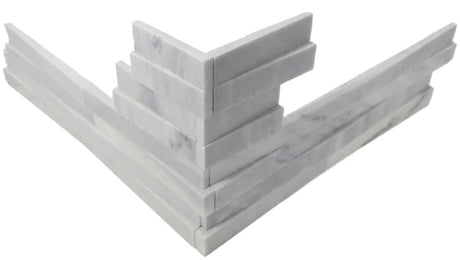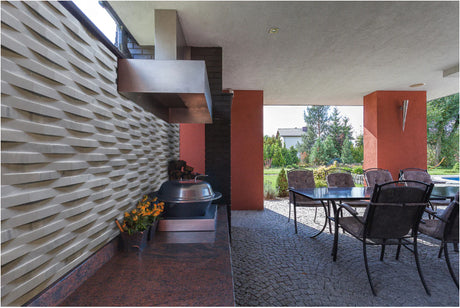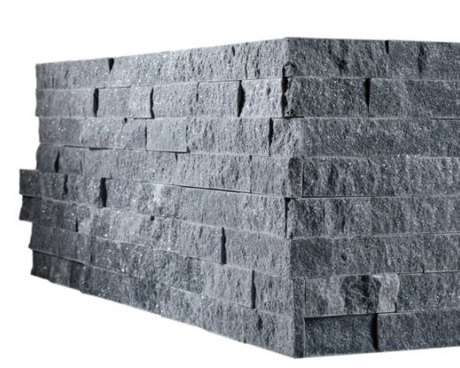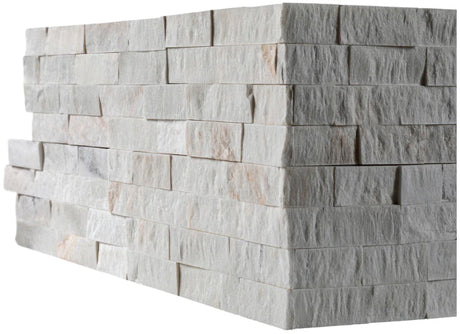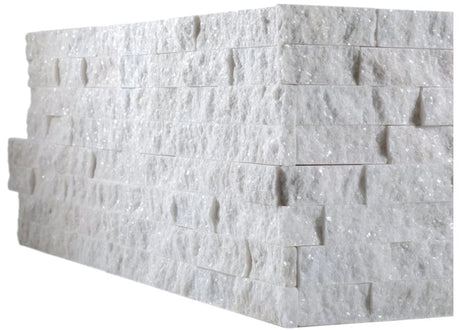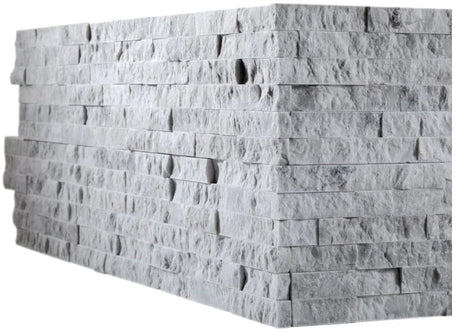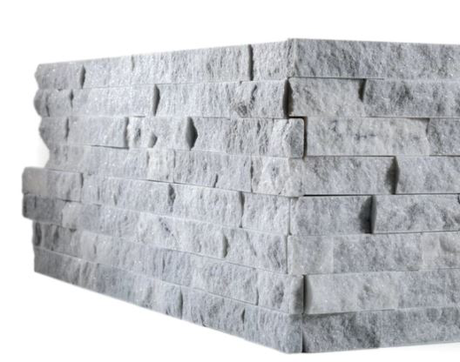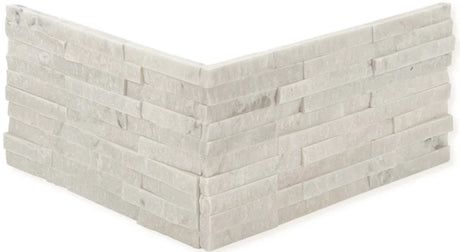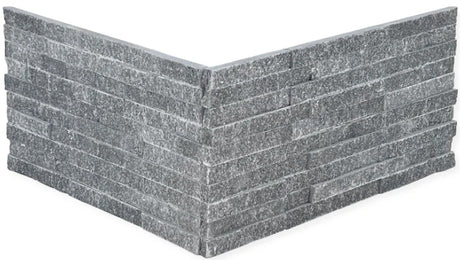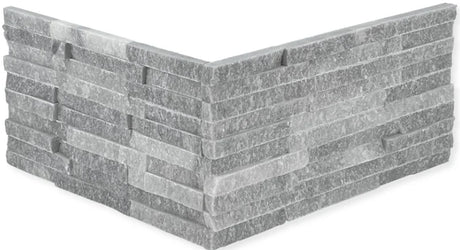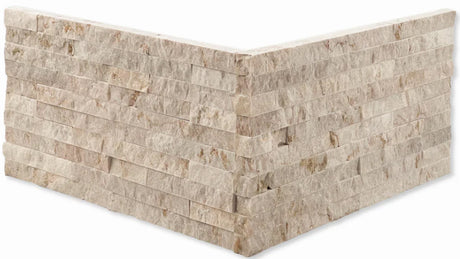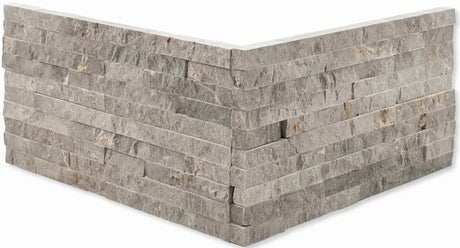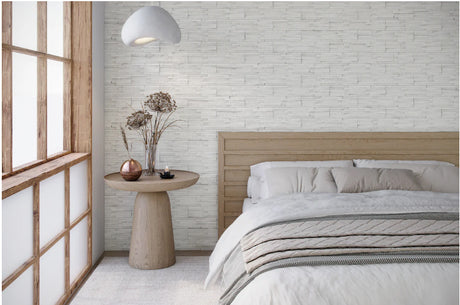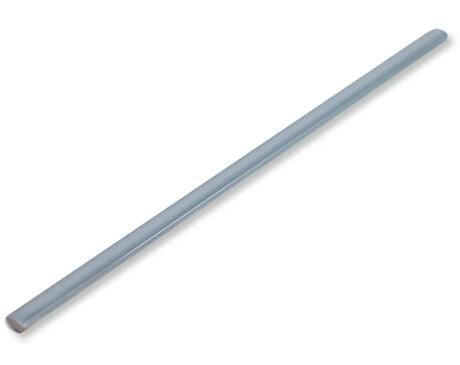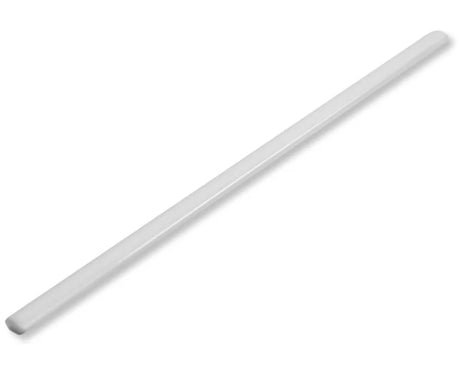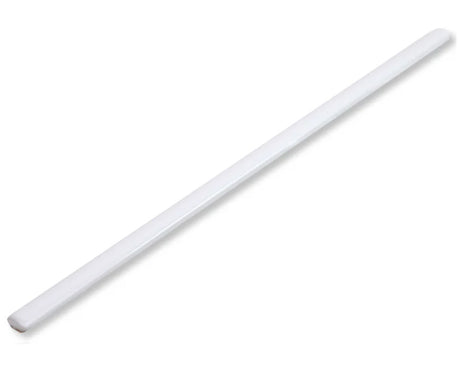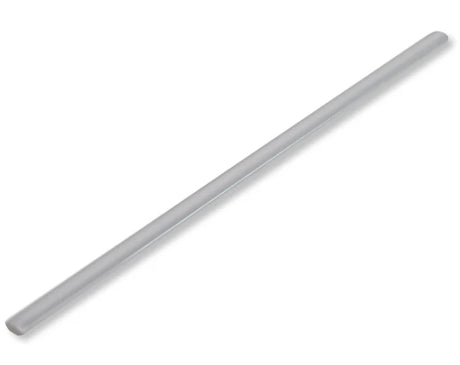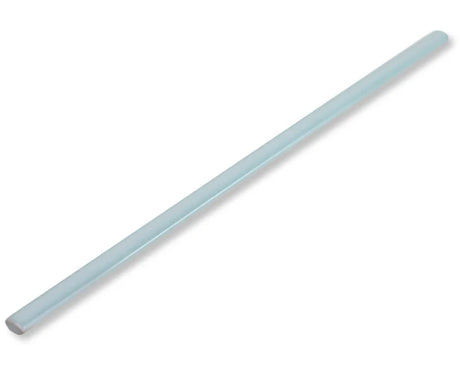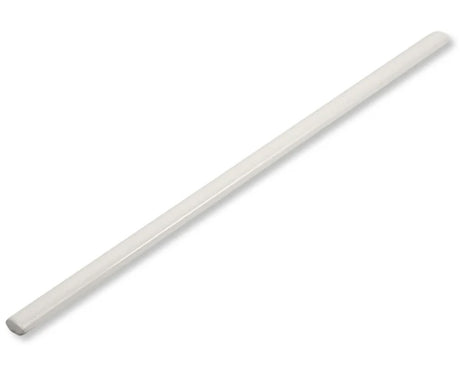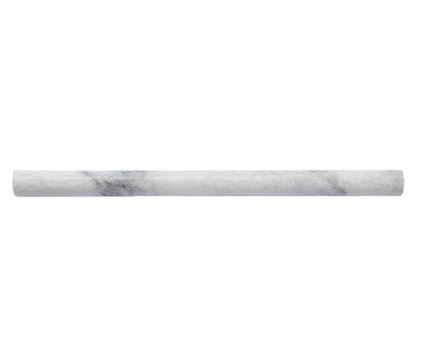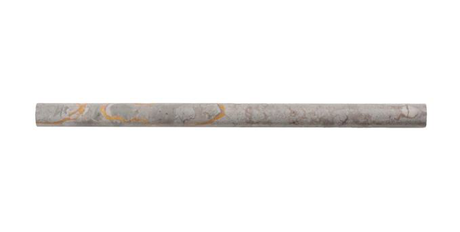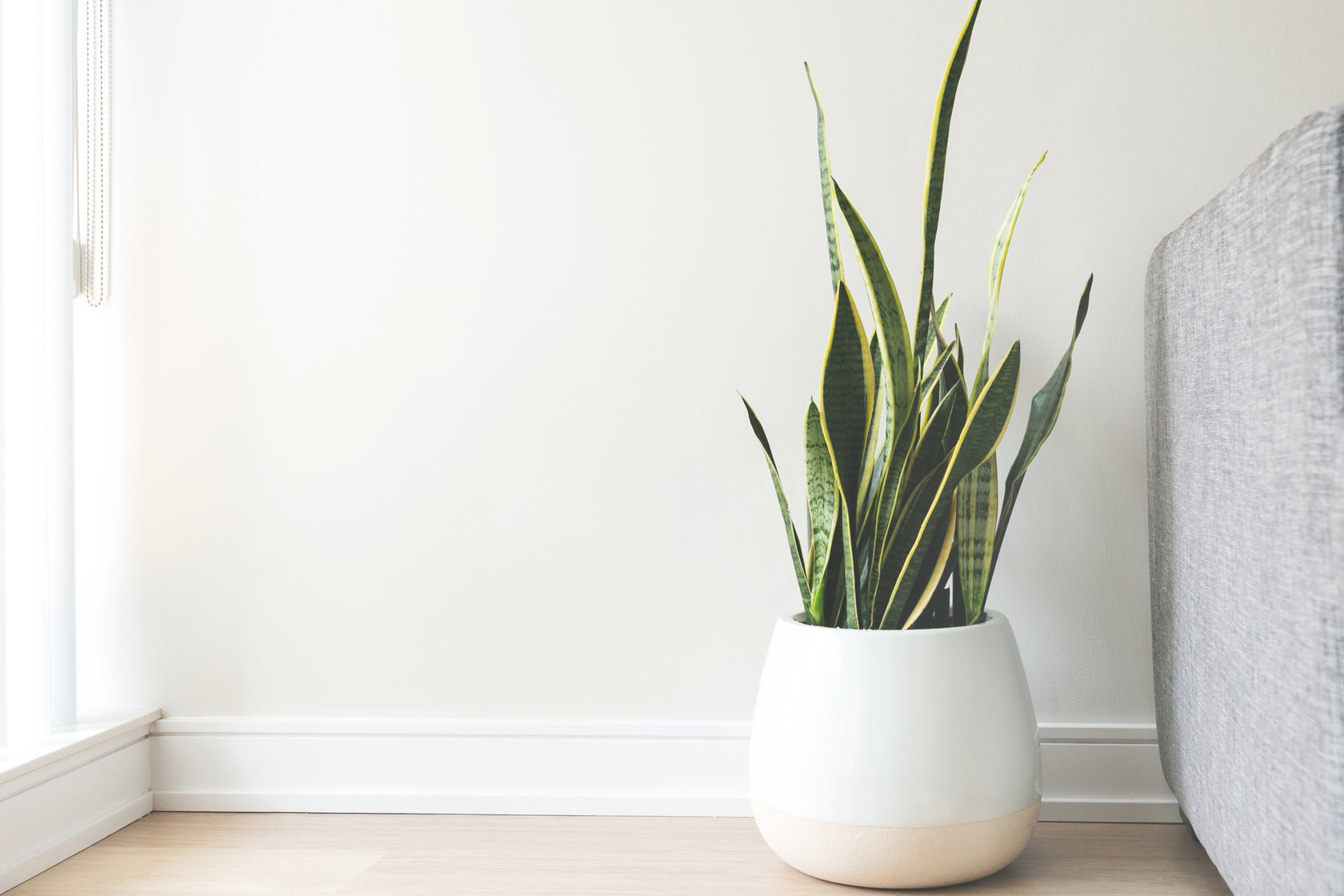Trims and finishing pieces, often overlooked but essential elements in interior design, play a crucial role in creating polished and cohesive spaces. These finishing touches, ranging from tile trims to moldings and transitions, add detail, functionality, and aesthetic continuity to various architectural and design applications.
Tile trims, a common component in tiling projects, serve both functional and decorative purposes. These specialized pieces are designed to provide a neat and finished edge to tiles, preventing sharp corners while enhancing the overall appearance of a tiled surface. Bullnose trims, for instance, round off the edges of tiles, creating a smooth and visually appealing transition between the tiled surface and adjacent walls. L-shaped trims, on the other hand, cover the exposed edges of tiles and are commonly used in corners and transitions between different surfaces.
In addition to their edge-finishing role, tile trims also contribute to the overall design scheme. They are available in various materials, colors, and finishes, allowing for seamless integration with the chosen tiles. Metal trims, for example, provide a sleek and modern look, while matching the color of the tiles, creating a cohesive and well-designed finish. The choice of the right trim can elevate the aesthetic appeal of a tiled space while ensuring a durable and long-lasting installation.
Moldings, another type of trim, add a decorative touch to walls, ceilings, and floors, framing architectural features and enhancing the visual interest of a room. Baseboards, crown moldings, and chair rails are common types of moldings used to transition between walls and floors or to emphasize the junction between walls and ceilings. Baseboards, installed at the bottom of walls, create a clean and finished look, covering the joint between the wall and floor. Crown moldings, positioned at the top of walls, add a touch of elegance and sophistication, creating a seamless transition between walls and ceilings. Chair rails, typically installed midway up a wall, serve both decorative and protective functions, preventing damage to walls from furniture while adding a visual break in the vertical expanse.
Transitions, often in the form of transition strips, seamlessly connect different types of flooring materials or surfaces, ensuring a smooth and visually appealing flow between spaces. These transition pieces, whether T-moldings, reducers, or threshold strips, accommodate the height differences between surfaces, providing a safe and gradual transition. For example, a T-molding can be used to transition between two types of flooring materials, such as hardwood and tile, ensuring a seamless and polished look. Reducers, on the other hand, are employed when transitioning from a higher surface, like a tile floor, to a lower one, such as carpet.
The aesthetic impact of trims and pieces extends beyond their functional roles. Carefully selected and thoughtfully integrated into a design scheme, these elements contribute to the overall cohesiveness of a space. Whether matching or contrasting with the main surfaces, trims and pieces provide a level of detail that elevates the visual appeal of a room, adding a finishing touch that completes the design.


